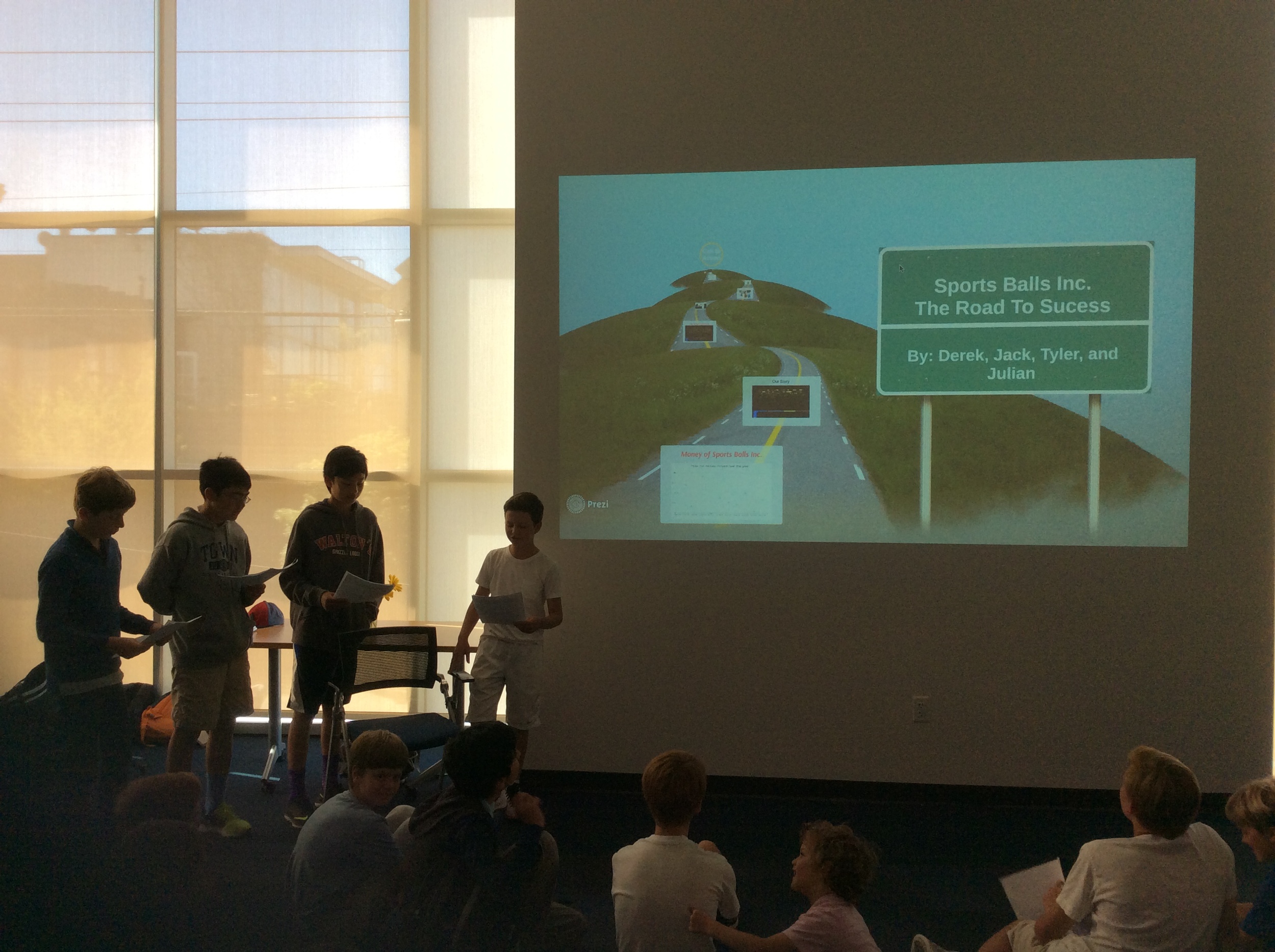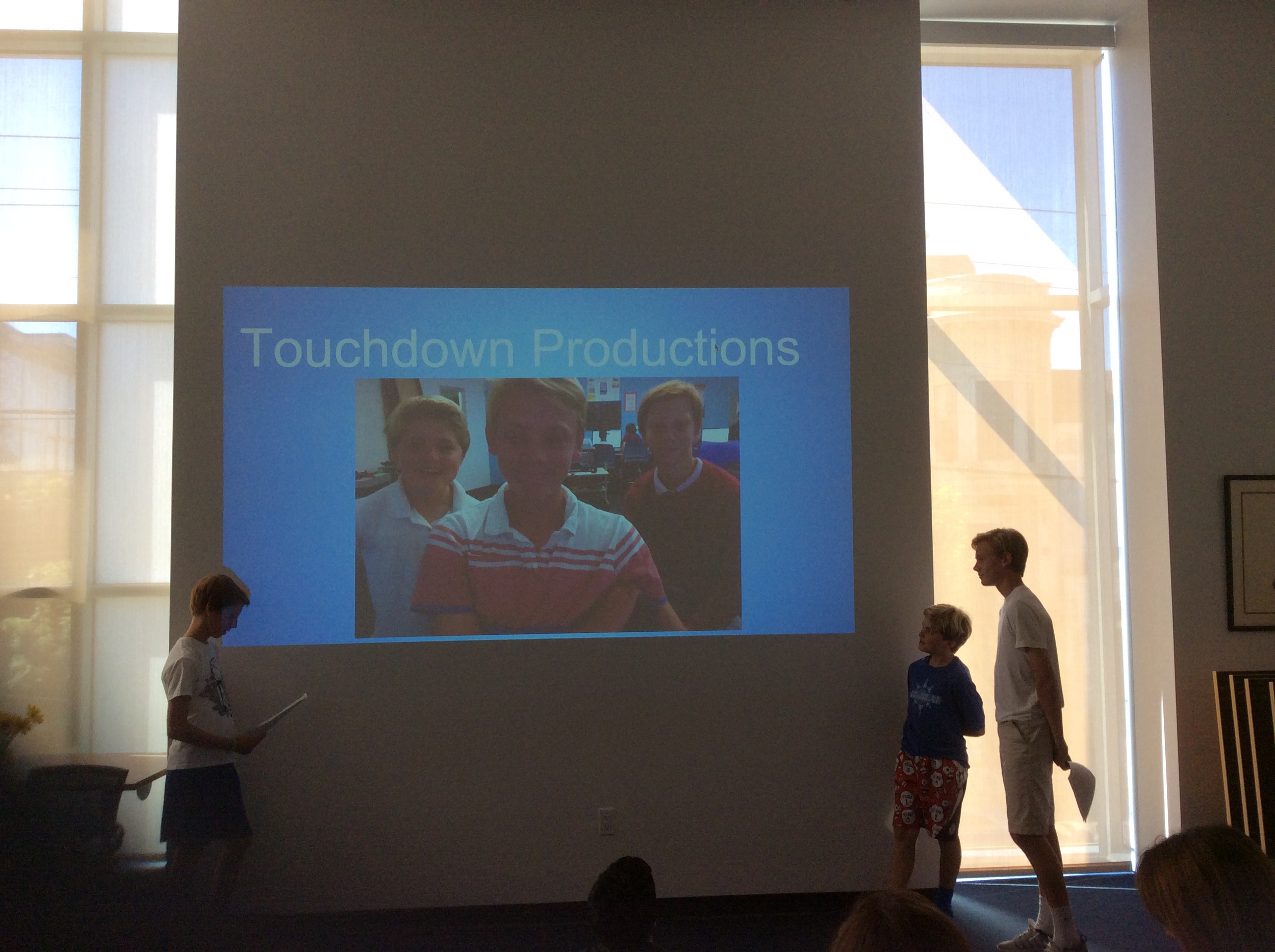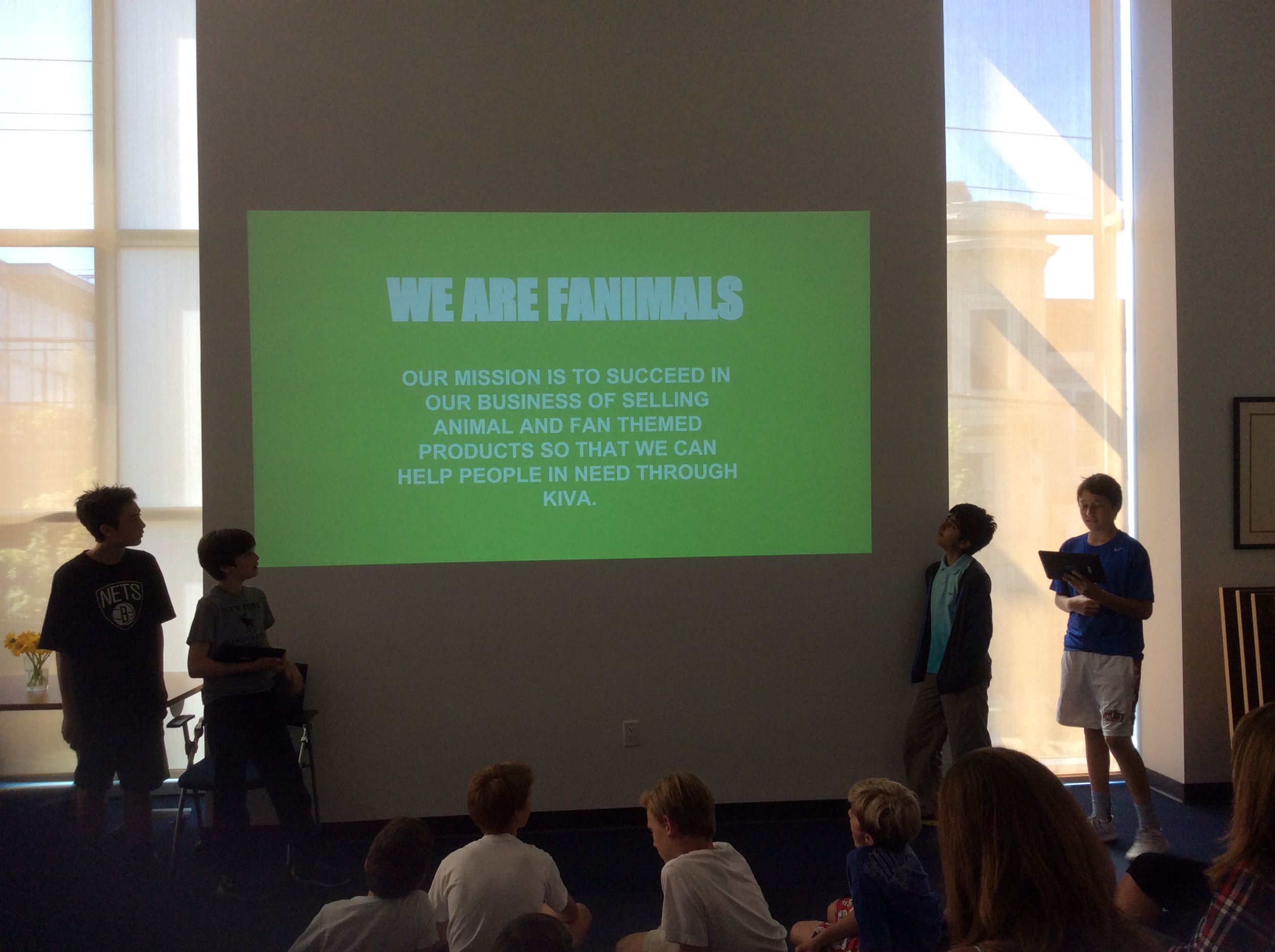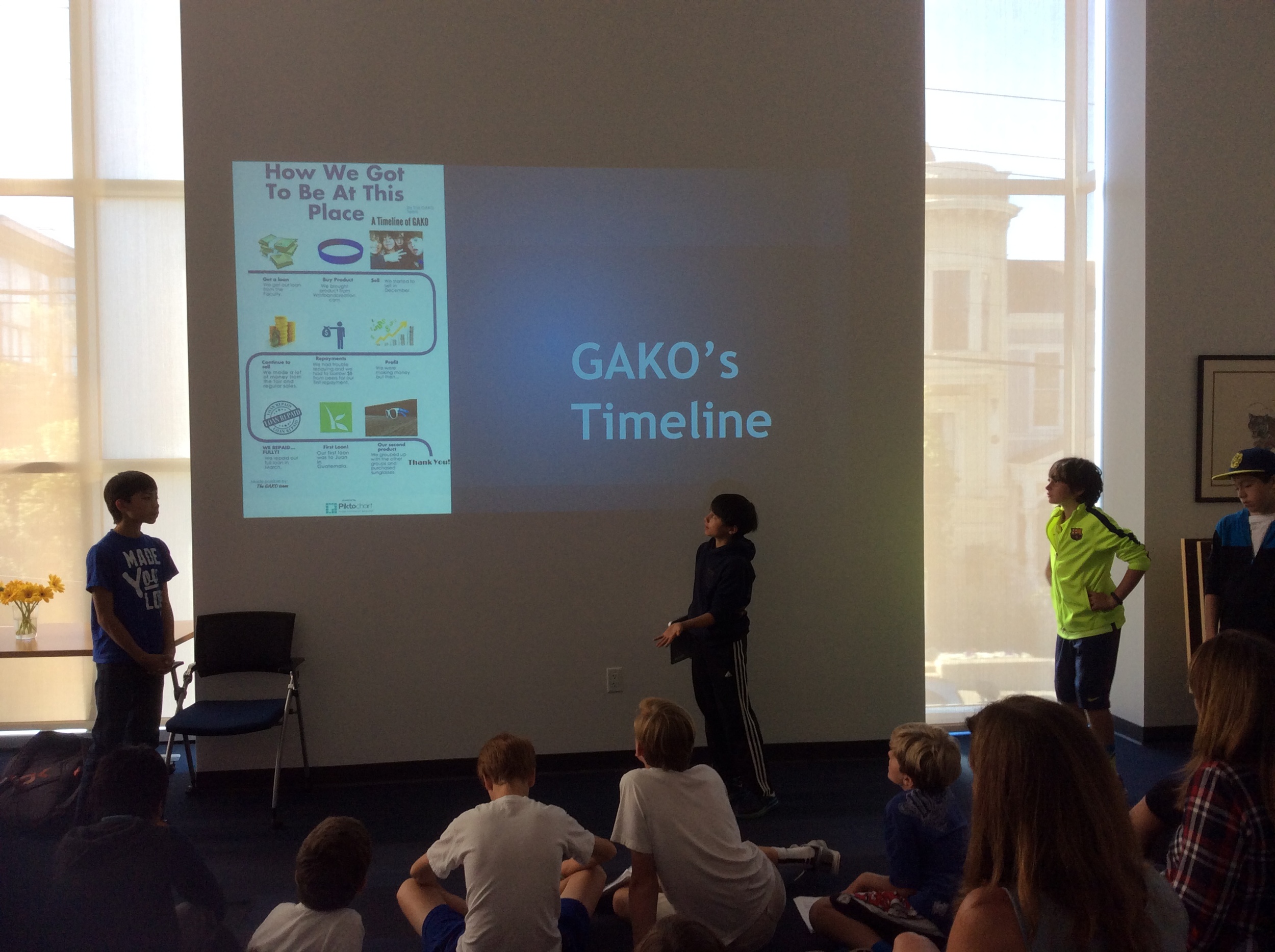While many of the lessons I blog about are part of a larger unit/Pbl, the fact of the matter is going global in my math class is more then just that. I try hard to connect my students with others on a regular basis. While the study of scientific notation has natural connections to their science class, I launched my class the other day with a discussion about the world population. Using this website, the students were able to look at population, population growth and consider population density.
The boys started by choosing 5 countries that resonated with them. While I only had time to have them share 1 of their countries in class, they were excited to have choice and they selected places based on population, places they have visited, places they dream of visiting and heritage. It was interesting to listen to how they connected. From there, as you can see in the worksheet, they had to find the population, round it, and place it in scientific notation. One of their wonders, "will China's population growth change now that they have no restrictions on number of children?" (Great opportunity to talk about statistics, and good data sets based on information over time)
The boys seemed to be able to understand the importance of using the same base number (range 1 to less than 10) when we listed the order and it was no longer a challenge to order them. Additionally they were able to better connect that the exponent was connected to the place value. What an "Aha" moment we had!
After the discussion the boys moved through the real life statistics on the backside of the worksheet. The boys had big feelings as they continued to practice scientific notation, and remarked that the stats made them sad. They connected this to their recent water walk with 1st grade and the poverty project we did earlier this year. In the end, this 1 1/2 hour lesson allowed them to gain greater appreciation for their surroundings, and consider ways they can advocate and help others. Their words, not mine!
"The real world data in this lesson really helped me master it!" -Malyk
So the lessons aren't always BIG and numbers for scientific notation aren't always BIG... but I hope the impact is.




















